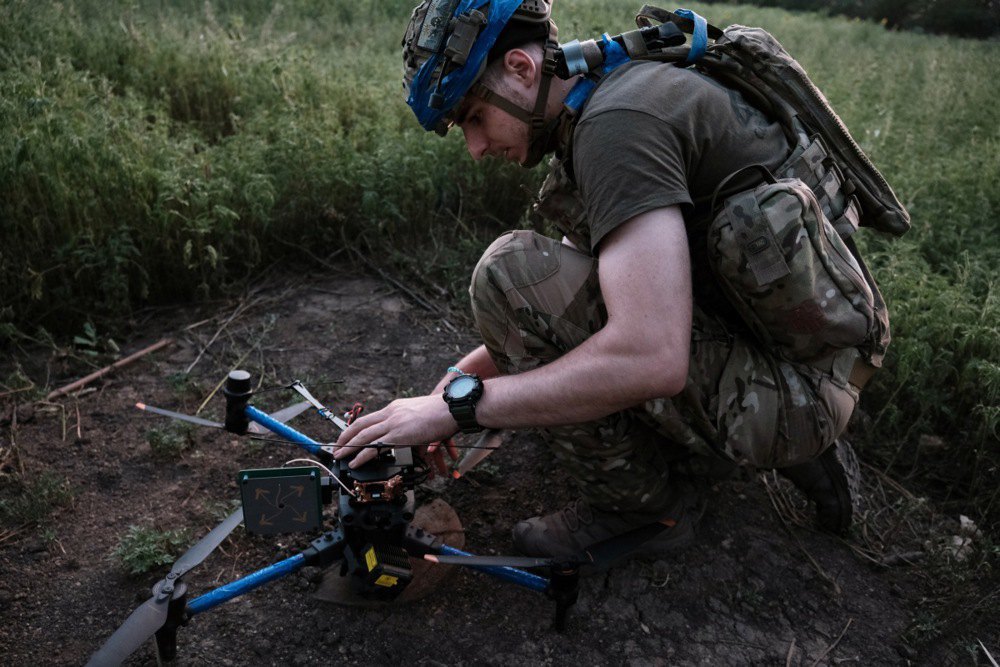
Such positions exist in the Territorial Defence Forces and the 100+ brigades — pillboxes, blocked gaps where old weapons are used.
The defenders must leap out under the skids and FPV drones to repel the assault.
Enemy pilots are deployed en masse at the forefront of the offensive, while ours are only on duty in the air.
The Russians already have artillery preparation and ample shells, whereas our artillery crews can only respond reactively.
The first dismounted motorcyclists are already entering the trench networks, while we are forced to deploy from well-known gaps and dugouts under the threat of skids and FPV strikes.
Yes, the attackers can be repelled later, once our pilots react. Or they can be struck during the attack itself — then there is a good chance of breaking them and leaving them dead in the mud.
But what if not? What if they infiltrate, drop gas into the ventilation shafts with drones, crawl in wearing masks, set an extended charge, and hurl grenades at the entrance?
Will they terrorise us with drones, ignite fences, or start fires?
They may even drive a T-55 tank, covered with screens, grates and electronic warfare equipment, into position within direct fire range, while the landing force throws several TM grenades into the neighbouring entrance.
Will they overwhelm our pilots in depth, sparing no expense with Krasnopol shells or even Iskander missiles?
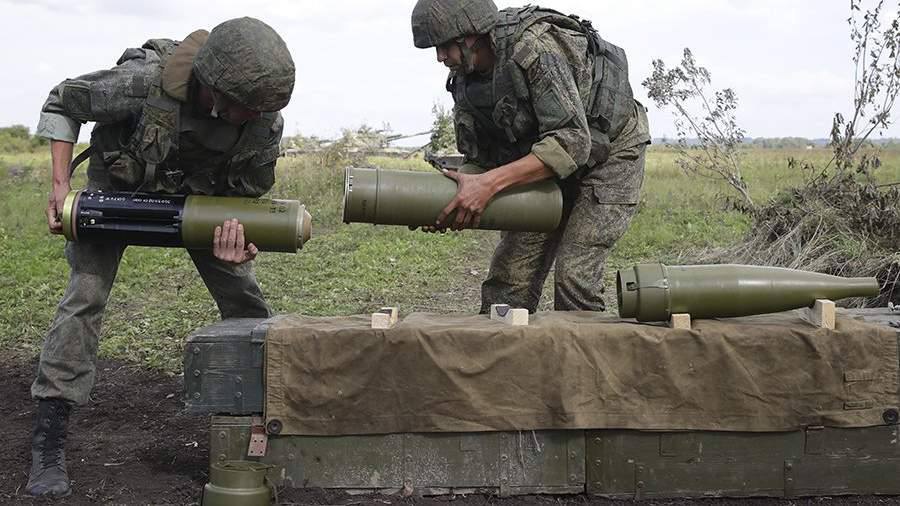
They level everything with conventional munitions; KABs and 152 mm shells rain down on UAV take-off and equipment sites — 700 standard 152 mm shells on a single strongpoint — reinforced by North Korean artillery.
There are hundreds of such battlefields. The hardships and ordeals are immense, and the phrase “get up, where’s the package?” takes on grim new forms.
In some places, this looks like a defeated Russian assault group; in others, it resembles the execution of our prisoners.
There are battlefields where the enemy still advances in columns or in groups of three on foot, suffering enormous losses.
There are battlefields where the Russians advance on motorcycles, shielded by FPV drones at the front and fibre optics in the rear, leaving surveillance drones behind while concentrating fire with high-precision shells.
But these are tactical and, at times, operational issues — the expansion of fibre optics threatening logistics, the deployment of human waves requiring counteraction. Yet this is not the central issue at present.
Strategically, the Russian Federation’s summer offensive has failed.
Since the start of the year, Russia has suffered immense losses: 280,000 soldiers killed, seriously wounded, captured, or missing in action.
According to estimates by the Russian independent outlets Meduza and Mediazona, the enemy has lost around 220,000 soldiers since the war began, based solely on obituaries and inheritance records.
To this must be added the dead without relatives, prisoners, the missing, those who perished during medical evacuation, and those officially written off.
These are catastrophic losses — incomparable even with Afghanistan or Vietnam.
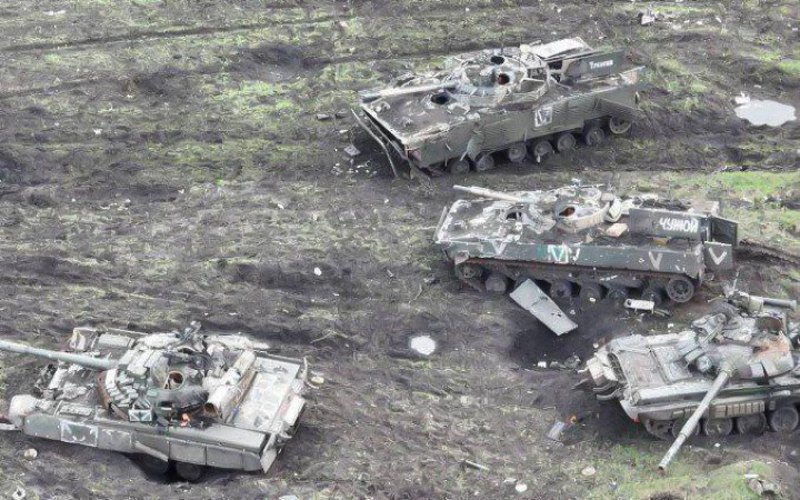
This outcome is not surprising. Russian forces are storming anti-tank ditches lined with barbed wire; attempting to destroy machine gun pillboxes and dugouts with dozens of conventional shells, with no certainty of hitting the target; engaging in street battles where air support is difficult due to drones and Western MLRS; and facing Western artillery that strikes further and with greater accuracy. Added to this are dense minefields, dwindling equipment, and an ever-growing reliance on infantry blood to pay for every advance.
Neither in the Vovchansk area nor in the Lyptsi area has Russia achieved a significant breakthrough. They have failed to reach the Kharkiv district and have not succeeded in turning Kharkiv into a zone of active fighting and artillery bombardment.
Kupyansk has been encircled from the front and the west, small groups have crossed the river, yet the city remains stable and could be held for months.
The western districts of Chasiv Yar remain under Ukrainian control, even after a year and a half of fighting, despite Russian attempts to push northwards through the fields.
Near Sumy, Russian forces have reached the border villages, but their best units are shuffling back and forth, encountering strong resistance.
Pokrovsk remains ours, and those who attempted to enter in small groups were eliminated.
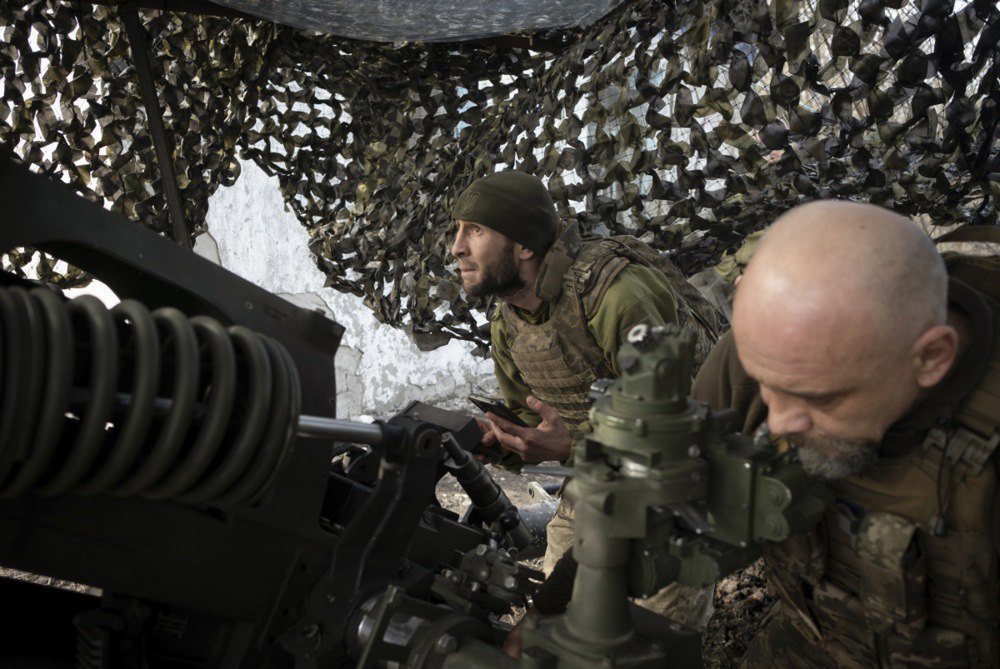
In Sumy, near Kupyansk and Dobropillya, Ukrainian forces are carrying out counterattacks at the battalion, regiment and brigade levels, despite the enemy’s superiority in air power and sorties. Our units in concentrated areas are launching both counterattacks and assault operations, and the Russians have been unable to isolate our manoeuvres or conduct operations solely from the air.
Moscow has failed to achieve any of its objectives: it has not forced the evacuation of urban agglomerations, captured or threatened a major regional centre, or inflicted a serious defeat on the Ukrainian Defence Forces by destroying brigades, rear structures or command hubs.
The enemy is seizing towns that resemble lunar landscapes. Most residents and factories have already been evacuated. Rapid advances are consistently halted — from the outskirts of the sandpit near Avdiyivka to Pokrovsk, a forty-kilometre divisional–corps battlefield — except for a temporary collapse near Dobropillya, which was bypassed and ground down through constant fighting.
One and a half million shells from the Czech initiative and another million from the European Union are arriving steadily; long-range Russian drones are flying in by the hundreds each night; more than 400 self-propelled and towed guns have been captured and dismantled; and units such as K2 are being expanded into brigades of unmanned systems to operate at the operational level.
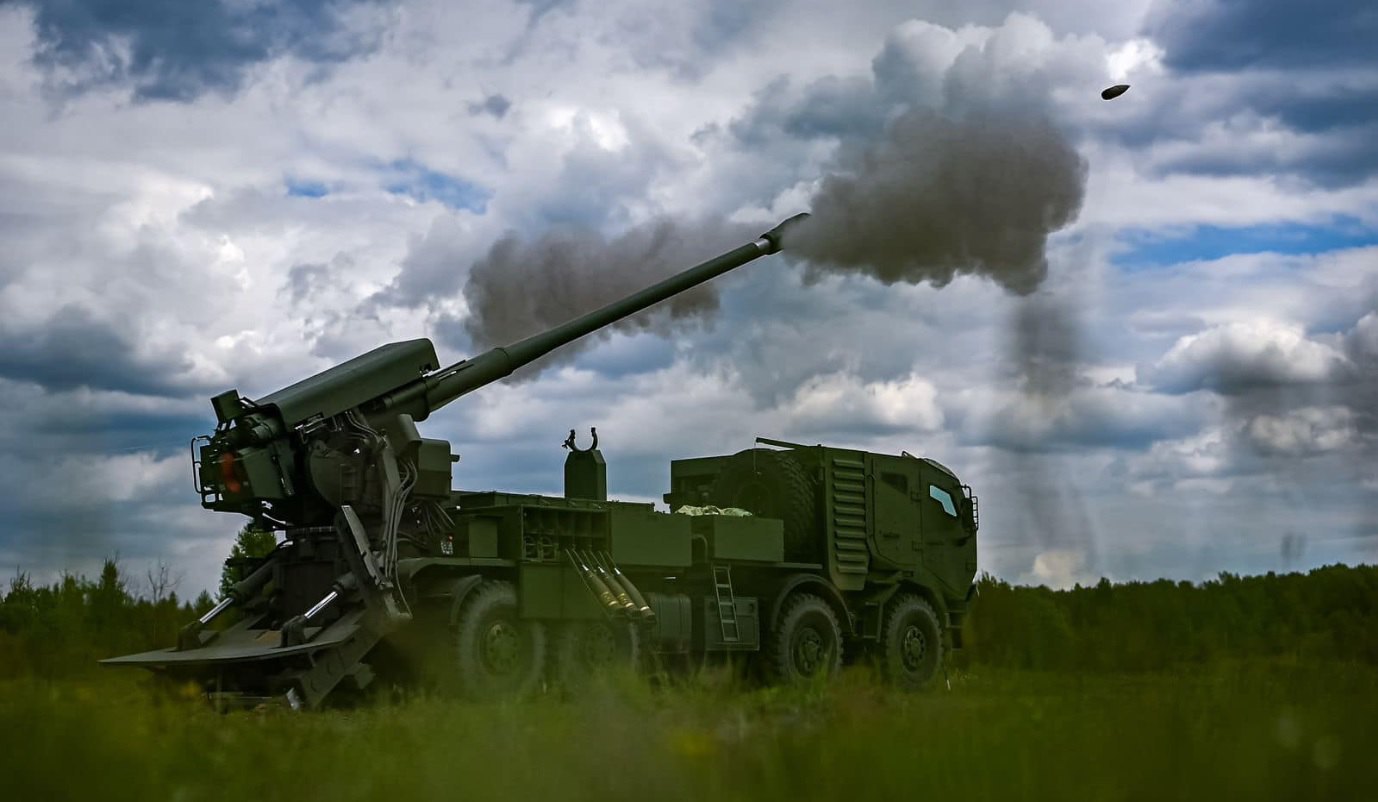
So far, there are no signs of exhaustion.
Moscow sought to crush us, disarm us and force us into surrender, yet it remains as far from this goal as it was in 2022.
Meanwhile, Kyiv continues to strike — with water flooding Donetsk once every three days and fuel depots in Crimea igniting with the same frequency.
But the war remains brutal and costly. Ukraine requires the maximum concentration of state resources to dispel Russia’s illusion that it can still crush us and bring this war to an end.







